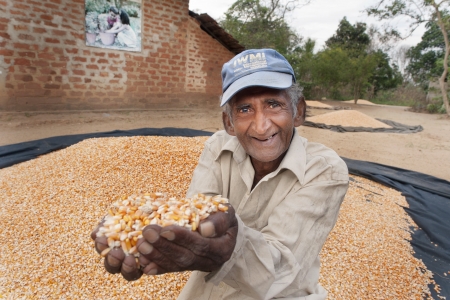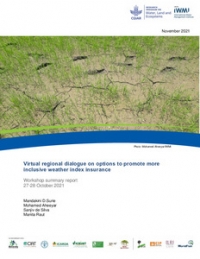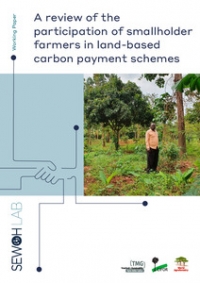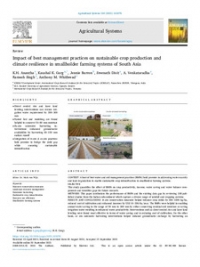Yields are up and fewer farmers in the Indian state of Uttar Pradesh are migrating to cities, following a project that almost tripled their agricultural incomes. The initiative in Jhansi district introduced an array of practical methods, including water-harvesting structures, effective land-management practices and improved cultivars. These interventions made more water available for irrigation, and increased crop and livestock yields, reducing farmers' need to seek work elsewhere. To help other struggling communities, the Government of Uttar Pradesh requested the project be scaled-up to seven districts.
The 1,250 hectares (ha) watershed, inhabited by nearly 3,000 people in three villages, faced water scarcity, land degradation and poverty. Water available to farmers had declined due to over-extraction, poor groundwater recharge, and land-use change. This, coupled with high temperatures and frequent droughts, resulted in low agricultural productivity. With women travelling farther to collect water for domestic uses, school attendance was also poor. And villagers migrated out to find other ways to support themselves.
The project was conducted jointly by the CGIAR Research Program on Water, Land and Ecosystems (WLE) International Crops Research Institute for the Semi-Arid Tropics (ICRISAT), Indian Council of Agricultural Research's Central Agroforestry Research Institute (CAFRI) Government of UP and farming community. Between 2012 and 2016, they restored a traditional water-harvesting tank (haveli); constructed nine 'checkdams' to slow down stream-flow; introduced science-based soil- and water-conservation techniques; demonstrated integrated nutrient and pest management methods; and supported farmers to diversify and intensify crop production through agroforestry.
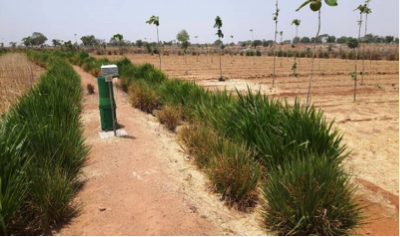
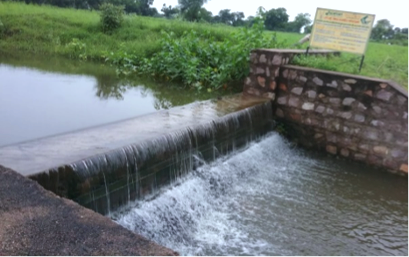
Renovating the tank and building checkdams increased rainwater storage capacity and helped to prevent 200,000m3 of runoff annually. Groundwater recharge resumed, and the water table rose between two and five meters. This enabled cultivation of 100 more hectares of fallow upland. The combined effect of the interventions brought a 30-50% rise in agricultural and livestock productivity. Within three or four years the average family income nearly tripled. Ecosystem services became revitalized; tree biomass and carbon sequestration increased, while soil erosion declined.
The project was hailed as a model for increasing land productivity and now WLE, ICRISAT and a consortium of national institutes and local NGOs are expanding the program in about 35,000 ha, with support from Government of Uttar Pradesh. They expect similar interventions adapted to these districts will help the struggling communities revitalize their farms and villages.
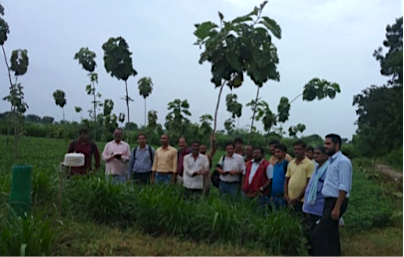




/index.jpg?itok=EzuBHOXY&c=feafd7f5ab7d60c363652d23929d0aee)







